The four schools of Urdu poetry
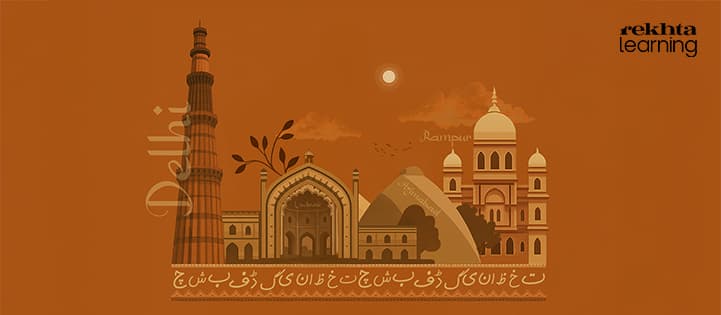
Urdu poetry has evolved over centuries, shaped by changing times, cultures, and ideas. As the language grew, so did the themes and topics explored by its poets: from love and mysticism to politics and philosophy. Among this rich tradition, four major schools of Urdu poetry emerged, each with its own unique style, influence, and point of view.
Understanding these schools isn’t just about tracing literary history, it’s about seeing how they helped shape Urdu itself, giving the language its emotional depth, intellectual sharpness, and poetic richness.
Let’s talk about these schools, their origins, their distinct features, and the poets who defined them.
Delhi school
Delhi had long been a centre of poets who wrote in Persian. With the arrival of Wali Deccani in Delhi in 1700 and then of his divan in 1719, it was realised that serious poetry could well be written in the language of the common day-to-day speech which was considered inferior and was then known as Rekhta. Some of the important poets who chose to write their poetry in this language included Khane Arzoo, Shah Mubarak Abroo, Sheikh Zahuruddin Hatim, Shakir Naji, Sharfuddin Mazmoon, and Khwaja Ahsanullah Khan Bayan.
Apart from exploiting the possibilities of the new-found language, these poets also experimented with the techniques of poetical composition. They preferred to write suggestive poetry than compose the poetry of one-to-one correspondence, which, they thought, had severe limitations. At times, they also brought in a certain amount of obscurity in their poetry, which their readers did not consider a demerit.
- Suggested Course
Introduction to Urdu Language, Literature and Culture
Poetry in Delhi took different turns in the subsequent ages. However, the origin of the Delhi School of Poetry may best be traced back to the eighteenth century. Meer Taqi Meer in the eighteenth century and Mirza Asadullah Khan Ghalib in the nineteenth century emerged as the most remarkable poets who impacted poetry and poets far and wide. Meer’s contemporary, Mirza Mohammad Rafi Sauda, distinguished himself as yet another figure of reckoning who made a mark as a poet of qasida and ghazal of his kind. This age also saw the growth of all other forms of poetry.
Once Delhi fell prey to the onslaughts of history, poets started migrating to other literary centres, especially Lucknow, a place of affluence that had remained untouched by the ravages of time.
However, after some time, Delhi revived itself and once again became a centre of literary activities, with poets returning to it. Some of the most prominent poets of this phase include Shah Naseer, Sheikh Ibrahim Zauq, Insh Allah Khan Insha, Bahadur Shah Zafar, Hakim Momin Khan Momin and Mirza Asadullah Khan Ghalib, to name a few prominent ones.
These poets took the subject matter, language and style to newer heights. In the footsteps of these poets emerged poets like Dagh Dehlavi, who touched language afresh and brought a conversational and witty touch to it. Saail Dehlavi and Bekhud Dehlavi emerged as other major voices. Delhi School lost much of its sheen in the following period, although it continued producing poetry with equal zeal.
In almost all these poets of Delhi, love emerged as a recurrent idea and experience. They wrote about the pains and pleasures of love and received applause from their readers and audiences. Love stayed with them as an internal experience rather than merely a philosophical idea. They chose a characteristically simple diction and evolved metaphors and symbols that could appeal to readers rather directly.
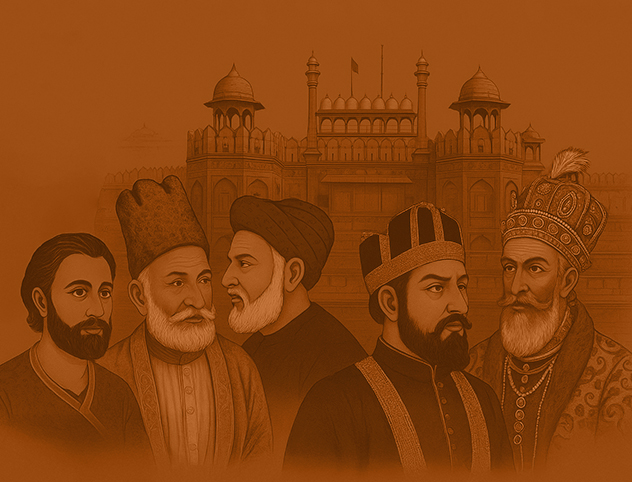
Mysticism was yet another subject that found favour with some of these poets. Mir Taqi Mir and Khwaja Meer Dard, in particular, may be considered the torchbearers of mysticism among all these poets who wrote then.
Delhi school represents the best qualities of the Mughal and the Hindvi literary cultures, which were repeatedly defined and re-defined during the length and breadth of the eighteenth and nineteenth centuries. A typical protagonist of the Delhi school of poetry was the one who was tormented by the times and had suffered in love.
The poets thrived in representing their subjective experiences on an objective scale. They were the poets of strong imagination, lofty thoughts and charged diction.
They distinguished themselves as passionate individuals who spoke sincerely and expressed themselves with passion. Free flow of thoughts, simplicity and sobriety of expression interspersed with Persian turns of phrases mark their poetry in general.
hijaab-e rukh-e yaar the aap hi hum
khuli aankh jab koi parda na dekha
Khwaja Meer Dard
har qadam pe thi us ki manzil lek
sar se sauda-e-justujoo na gaya
Mir Taqi Mir
jo guzri hum pe mat us se kaho hua so hua
bala-kashaan-e-mohabbat pe jo hua so hua
Mohammad Rafi Sauda
na chhed ai nikhat-e-baad-e bahaari raah lag apni
tujhe athkheliyaan soojhi hain hum bezaar baithhe hain
Insha Allah Khan Insha
bajaa kahey jisey aalam usey bajaa samjho
zabaan-e-khalq ko naqqara-e-khuda samjho
Sheikh Ibrahim Zauq
baat karni mujhe mushkil kabhi aisi to na thi
jaisi ab hai teri mehfil kabhi aisi to na thi
Bahadur Shah Zafar
hai kahaan tamanna ka doosra qadam ya rab
hum ne dasht-e-imkaan ko ek naqsh-e-paa paaya
Mirza Asadullah Khan Ghalib
wafa karengey nibhaayenge baat maanenge
tumhein bhi yaad hai kuchh ye kalaam kis ka tha
Dagh Dehlvi
jaadu hai ya tilism tumhari zabaan mein
tum jhoot kah rahe the mujhe etabaar tha
Bekhud Dehlvi
ameer kartey hain izzat meri hoon wo saail
gulon ke pehlu mein rehtaa hoon aisa khaar hoon main
Saail Dehlvi
Lucknow school
The Lucknow School of Urdu Poetry came into being following the migration of poets from Delhi to Lucknow. This happened with the weakening of the Mughal Empire and the plunder of Delhi by Nadir Shah Durrani and Ahmad Shah Abdali. Lucknow emerged as an independent state under the patronage and control of the British Empire.
It enjoyed peace and affluence, which made way for the emergence of court culture and the patronage of poets by the Nawabs. Since Lucknow prospered as a literary and cultural centre, several poets from Delhi chose to migrate and write from there.
It is important to mention that poets like Meer Zahik, Meer Soz and Mirza Mohammad Rafi Sauda had already made their mark while living in Lucknow. Those who joined them later were Meer Hasan, Qalandar Bakhsh Juar’at and Insha Allah Khan Insha. Together, they laid the foundation of what came to be known as the Lucknow School of Urdu poetry.
The typical style of Juar’at found much appeal among the poets. Apart from maturing the ghazal tradition, several Lucknow poets achieved excellence in writing Rekhti poetry, finding its best practitioners in Insha Allah Khan Insha and Saadat Yar Khan Rangeen.
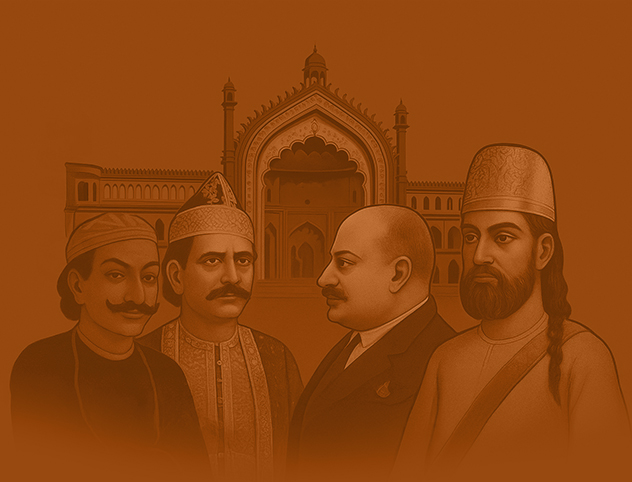
Among the poets who followed, the most prominent one is Imam Bakhsh Nasikh, who chiselled language to impart a typical touch of Lucknow’s sophisticated culture. He became a model for poets like Wazir, Barq, Rashk, Bahr and Muneer, who gathered around him. Haider Ali Atish was yet another poet who brought artifice to his poetry and had several disciples who sought counselling from him on their works.
The most prominent among them was Pandit Dayashankar Naseem, who wrote a classic masnavi called Gulzaar-e-Naseem. Other poets included Rind, Saba, and Shauq. Marsiya also reached its peak in the Lucknow school at the hands of Mirza Babar Ali Anis and Mirza Salamat Ali Dabeer.
The Lucknow school of poetry is recognised for its affirmative spirit towards life. It celebrated life rather than mourned over the disappointments it brought. As such, the poets celebrated love in all its resplendence. This made way for exuberant representations of the female figure, their dress, modes and manners in their poetry.
The language appropriated to write such poetry was marked by exquisiteness, delicacy, and artful treatment of experience different from that of the Delhi school. It is notable, however, that the Lucknow school did not have space for mystical experience in its poetry.
The Lucknow poets blended the best qualities of the modern Persian and the Awadhi-Hindi literary culture. It also reflected the affluence of the courts that patronised poetry as a fine expression of the socio-literary life of a people. The important stylistic features of this school include verbal finesse, mastery over the use of qaafiya (rhyme), purity of diction, succinct combinations of phrases and idiomatic expression.
The founder of this school, Sheikh Qalandar Bakhsh Nasikh (1772-1838), is also its most prominent poet. He earned his reputation not as a great poet but as a great craftsman of poetry. He deliberated upon language, syntax, and the poetic devices he employed to turn a composition into a work of art. He played a significant role in secularising Urdu while respecting the classical norms of language and style. In doing this, he expanded the frontiers of vocabulary, adopted a non-puritanical approach, and modernised it.
His individuality lies in imparting an Indo-Persian nature to his verse. Although he was not a poet of great metaphysical depth, Nasikh’s merit lies in his technical virtuosity, linguistic finesse, and ability to control and modulate the intricate lines and the unusual rhythm.
rakhoon kahaan main apney pareezaad ko hasan
sheesha jo ek dil ka mere hai wo choor hai
Meer Hasan
lab-e-khayaal se us lab ka jo liya bosa
to moonh hi moonh mein ajab tarha ka maza aayaa
Qalandar Bakhsh Jurat
bosa na kyun ke sher le mere mazaar ka
hoon main shaheed aahu-e-chashm-e-nigaar ka
Imam Bakhsh Nasikh
zeena saba ka dhoondti hai apni musht-e-khaak
baam-e buland yaar ka hai aastana kya
Hiader Ali Atish
jab ho chuki sharaab to main mast mar gaya
sheeshe ke khaali hote hi paimaana bhar gaya
Pandit Daya Shankar Naseem
be parda ho gaye wo lagaawat ke dhyan mein
bhejeen giloriyan mujhe angiyaa ke paan mein
Amanat Lakhnavi
pehen ke tole ke kapde na taaliye waada
naheen pasand hamein tole taal ki baatein
Meer Ali Rashk
laga raha raha hoon mazaameen-e-nau ke phir ambaar
khabar karo mere khirman ke khosha-cheenon ko
Meer Anis
Azimabad school
Azimabad had long been a centre of intellectual discourse, but it acquired a definite identity as a school of poetry only in the middle of the eighteenth century. It was a smaller school of poetry than those of Delhi and Lucknow.
Even though Azimabad was quite distant from Delhi physically, it bore the impact of Delhi school more than that of the Lucknow school closer to it. The reason for its proximity with Delhi lay in its temperamental affinity with the poets of the Delhi school than that of the Lucknow school.
The four major poets of this school include Sheikh Mohammad Raushan Joshish, Meer Mohammad Hayat Hasrat Azimabadi, Rasikh Azimabadi, and Mubarak Hussain Azimabadi. While the artistic merit of poets like Joshish and Rasikh remained unchallenged, the most prominent name that emerged with time was Shad Azimabadi.
The Azimabad poets stood out most prominently for the simplicity of their ideas and expression. Their similes and metaphors were less layered and more communicative, which added appeal to their poetry. As such, this poetry came to be marked for effortless communication of ideas.
It is worth noting further that the Persian tradition did not overtly influence the poetry of this school, although the poets harked back to it but with considerable restraint. This implies that they kept themselves rooted in their tradition of simplicity and achieved their mark in their own way.
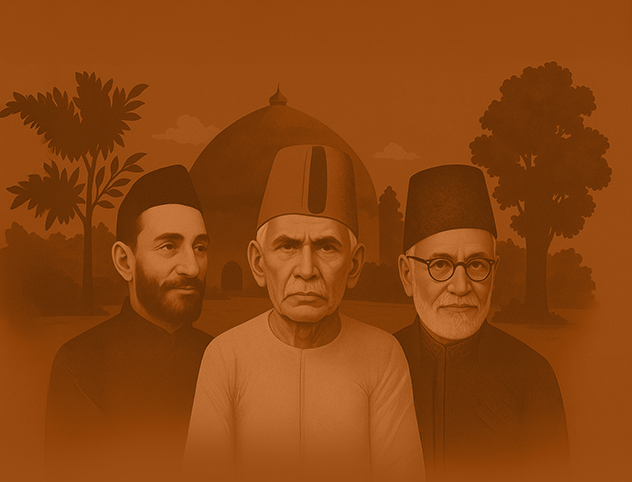
Like the poets of Delhi and Lucknow schools, they also explored the various facets of love in their poetry. However, love is resplendent in its simplicity here than in its poetry of romantic exuberance. Apart from love, the Azimabad poets also drew upon the experience of mysticism, which imparted yet another aspect to their poetry.
Shad Azimabadi is a unique representative of this school. He drew upon his Persian, Arabic and Islamic heritage, which turned him into a liberal humanist. Shad was no philosopher, nor did he have a taste for stereotypical themes, but he distinguished himself because of his refreshing ideas and novel ways of expression.
He engaged with issues in ethics, philosophy, and mysticism as he deliberated upon the unity of God. Following Mir Anis, he also practised Marsiya with distinction.
juz chashm-e-butaan maikada-e-dehr mein Joshish
hum ne to kisi mast ko hushyaar na dekha
Joshish Azimabadi
daaman hai mera dasht ka daamaan doosra
meri tarah na phadey garebaan doosra
Hasrat Azimabadi
sheikh-e-haram us but ka parastaar hua hai
but-khaana-nasheen baandh ke zunnar hua hai
Rasikh Azimabadi
dard-e-dil yaar rahaa dard se yaari na gayi
zindagi hum se to be-lutf guzaari na gayi
Mubarak Azimabadi
nau mashq-e-ishq hain hum aahein karein ajab kya
geeli jalegi lakdi kyunkar dhuan na hoga
Raza Azimabadi
ye bazm-e-mai hai yaan kotaah dasti mein hai mehroomi
jo badh ke khud uthha le haath mein meena usi ka hai
Shad Azimabadi
Rampur school
Rampur emerged as a literary centre when it offered home to poets who found themselves ill at ease at their respective places following Delhi's pillage and the Mughal Empire's fall. In other words, the Rampur School of Urdu poetry may be traced back to the late eighteenth century when poets had started collecting in the Rampur State from Delhi and Lucknow. It acquired its definite identity by the mid-nineteenth century.
Ghalib, too, found a place for himself in Rampur. Apart from Ghalib, the poets who were deprived of any assistance from Bahadur Shah Zafar and Wajid Ali Shah also found their refuge in Rampur.
Nawab Yusuf Ali Khan Nazim of Rampur was a poet and sought inspiration from Ghalib and Momin. After him, his successor, Nawab Kalb Ali Khan, continued the tradition of patronage. With both these poet-patrons, the Rampur School acquired a name as a school of poetry.
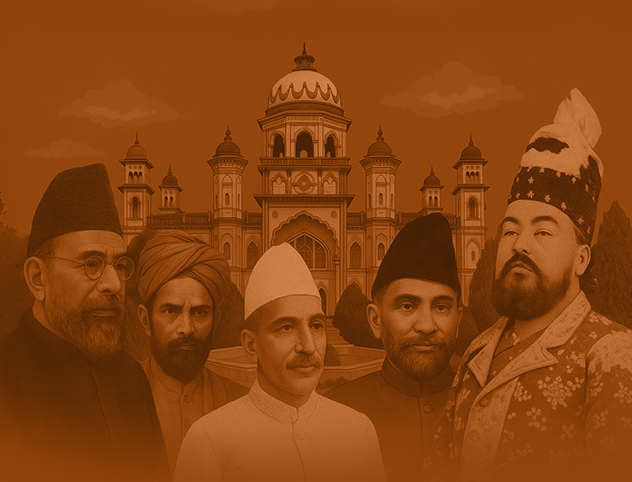
The Rampur school blended certain qualities of the Delhi and Lucknow Schools of poetry. While Dagh Dehlvi and Tasleem represented the prominent traits of the Delhi school. Ameer, Jalal, and Behr represented those of the Lucknow School. However, the two prominent poets, Dagh and Mohammad Yaar Khan Ameer, stand out as the prime exemplars of Rampur School.
Further, the Rampur School of Poetry bears out the prominent features of Afghan socio-literary culture but also blends with the local tones of address and style. As such, it is marked by robust and direct expression. Further, it is characterised by a sense of racial superiority.
In this respect, it is different from both the schools of Delhi and Lucknow insofar as it takes leave of the romantic aspirations of Delhi poets and the exquisite expression of the Lucknow poets.
This is well borne out by the robust diction of the Rampur poets, which imparted an immediacy of appeal to their poetry. The major marks of the Rampur school of poetry include masculinity of experience and expression, witticism, directness of expression and abstinence from pessimism.
log beemar tujhe kahtey hain
teri aankhein to bahut achhi hain
Sheikh Ali Beemar
ashk umde hain mere abr se keh do koi
abroo chahey to hat kar mere ghar se barse
Talib
hazaaron gaaliyaan wo de rahe the bekhata mujh ko
jo poochha baat kya hai jal ke bole baat kya hoti
Mehmood Rampuri
shikast-o-fatha miyaan ittefaaq hai lekin
muqaabala to dil-e-naatawaan ne khoob kiya
Mohammad Yaar Khan Ameer
pyari pyari si jo dekhi soorat
shikwa-e-jor-o-jafaa bhool gaya
Nizam Rampuri
muskura kar dekhney waale mujhe
ye teri tarkeeb main samjha naheen
Munne Mian Sabir
neechi nazron se na dekho sar-e-mahshar dekho
daad khahon ki taraf aankh uthha kar dekho
Rasa Rampuri
- 0 in-depth courses
- 0+ lessons
- 1 year unlimited access
- Unbeatable discount
- Watch on any device
- Get certified
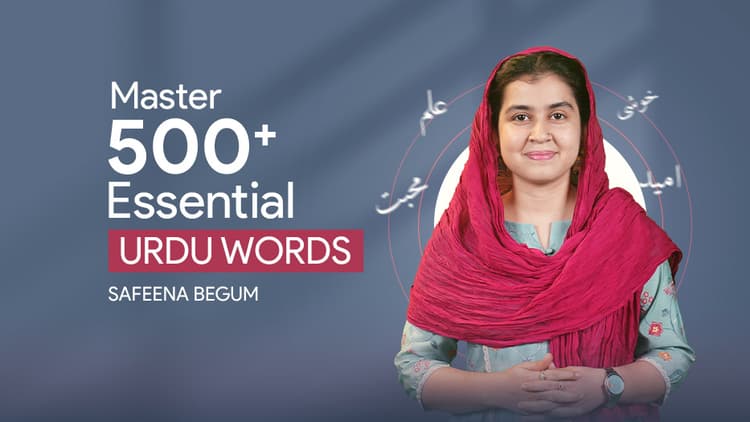
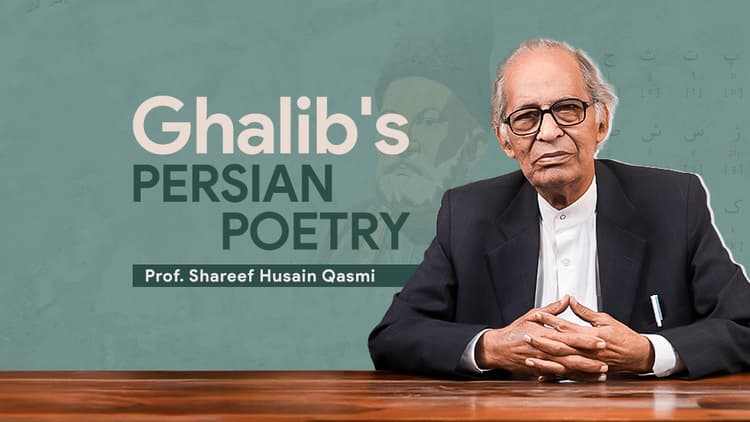
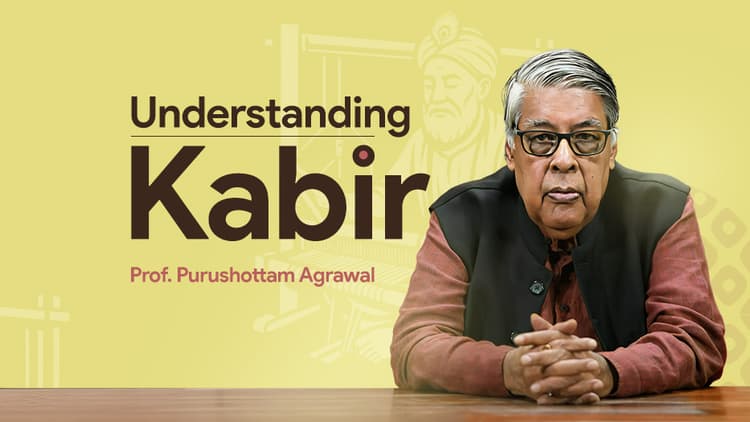
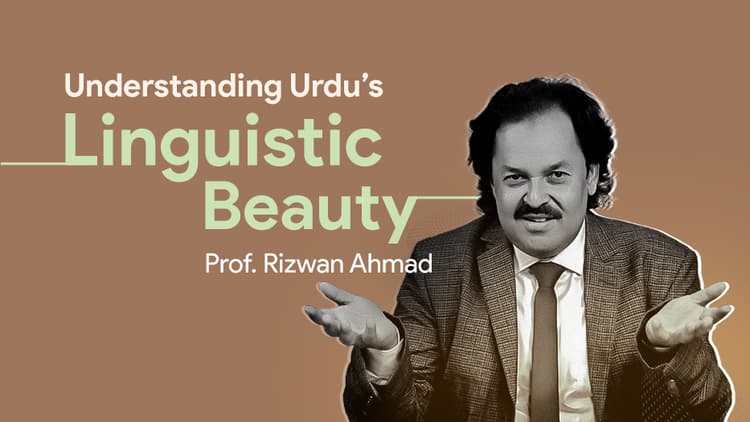
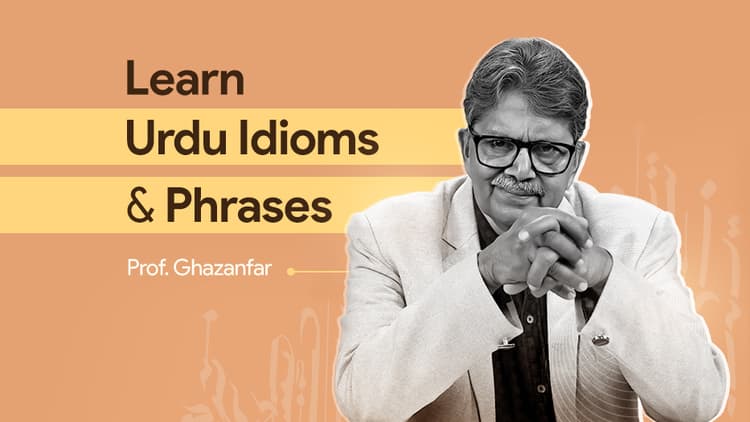
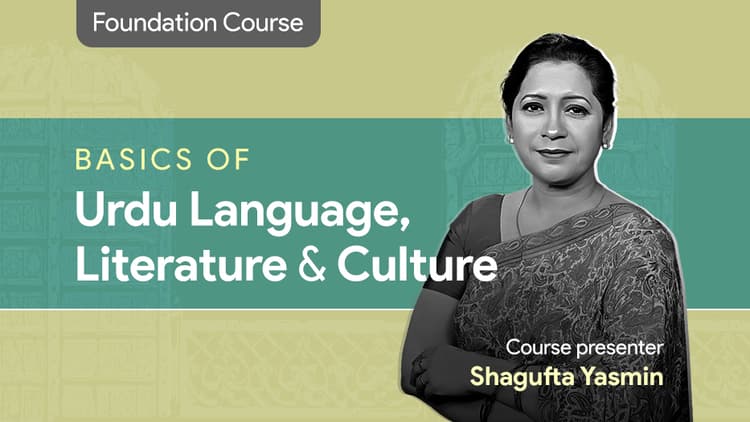
.jpg&w=750&q=75)
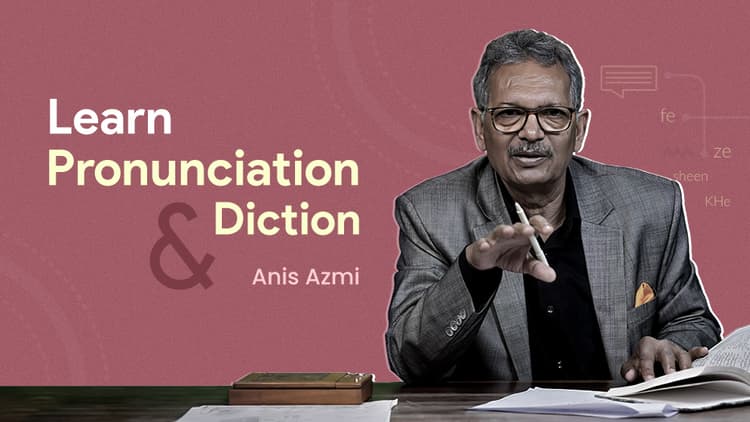

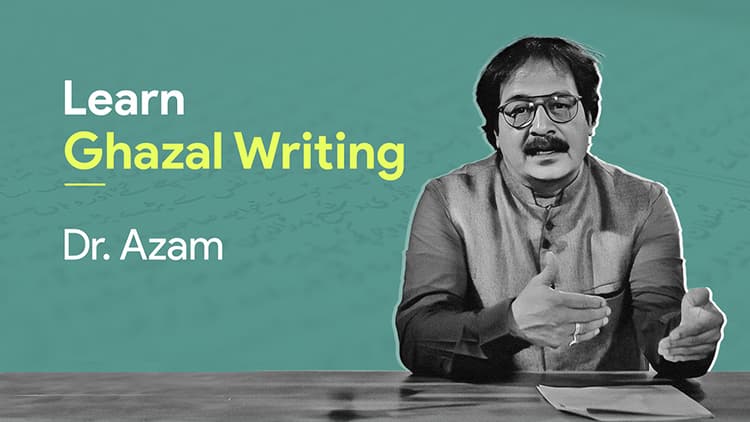
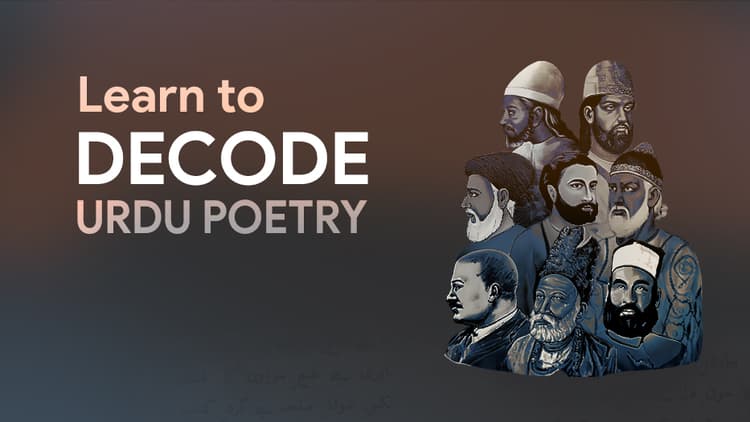
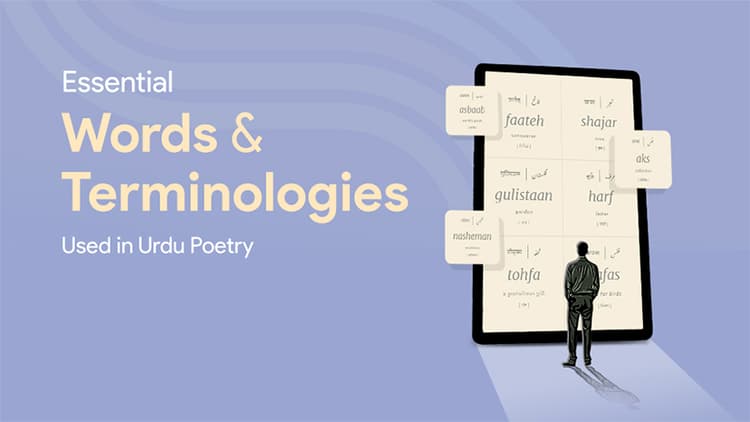
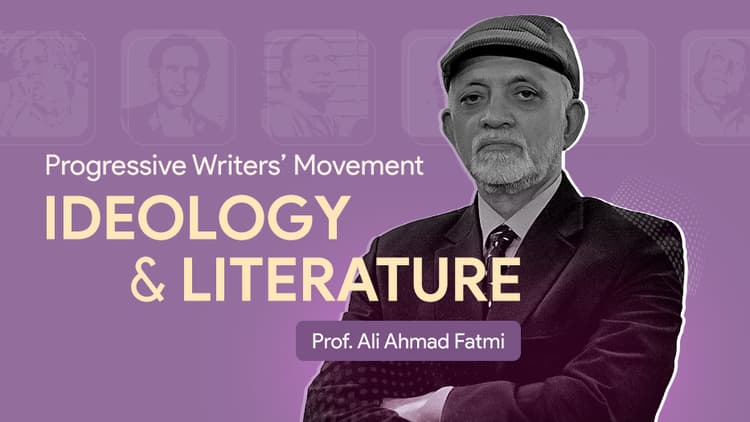







.jpg&w=828&q=75)

















Comments